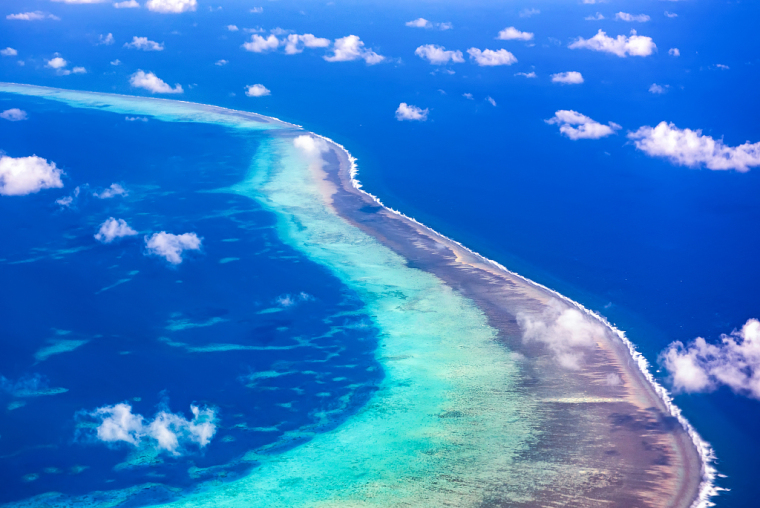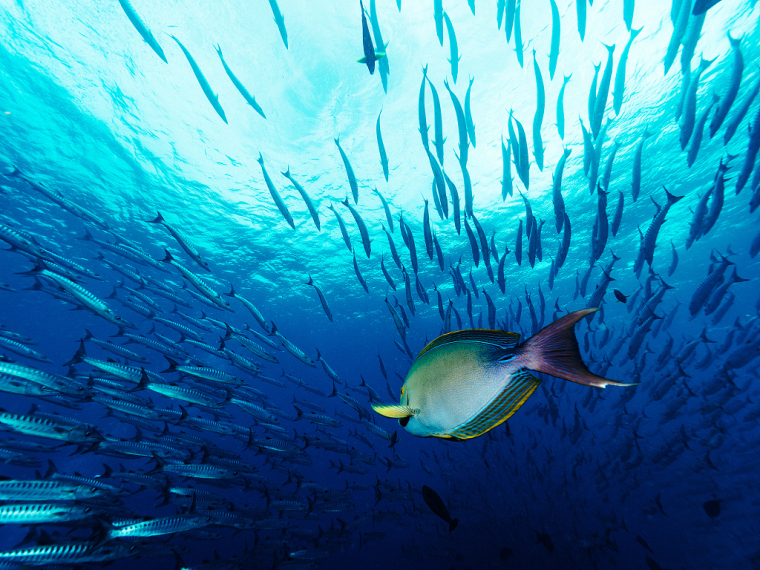The South China Sea
The South China Sea is situated to the south of China’s mainland and is connected by narrow straits or waterways with the Pacific Ocean to the east and the Indian Ocean to the west.It is a semi closed sea extending from northeast to southwest.Covering an area of about 3.5 million square kilometers,the South China Sea stretches 2,000 kilometers from north to south and 1,000 kilometers from east to west.

China’s Nanhai Islands consist of four groups of islands scattered in the South China Sea, namely the Dongsha Islands,Xisha Islands(also referred to as the Paracel Islands)Zhongsha Islands and Nansha Islands (also referred to as the SpratlyIslands).These four groups of islands, which also consist of islands, sand, reefs, shoals and banks of different numbers, are all parts of China’s territory Among them, the Nansha Islands are the largest both in the number of islands and reefs and in sea areas where they spread. The Taiping Dao, the largest naturally formed island of the Nansha Islands covers an area of about 0.5 km2 and has green vegetation and fresh water.
The South China Sea is rich in fishery resources, oil and gas resources, neo-type resources and navigation channel resources. Its fishery resources include tuna fish, shark, barracuda, large yellow croakers, small yellow croakers, hair tail, mackerels, red fish and so on, as well as turtles, sea cucumbers, oysters, horseshoe snails, big lobsters, cuttlefish, squid and other rare tropical aquatic products.
Its rich oil and natural gas reserves are distributed across more than a dozen basins of oil and gas deposits with good prospects and potentials for development. In addition, its unique climate and hydrological conditions have also created extremely rich new energy resources, including solar energy, wind energy, marine current energy, tidal energy and thermal energy.

Seen from the perspective of navigation channels, each year more than 40,000 ships pass the South China Sea. More than 90% of oil imports to Japan, Republic of Korea and China, including Taiwan Province are shipped via the navigation channels in the South China Sea. Liquefied natural gas (LNG) transported through the South China Sea accounts for two-thirds of the world's total. Of the nearly 40 Chinese routes to foreign countries, more than half have to go through the South China Sea.














